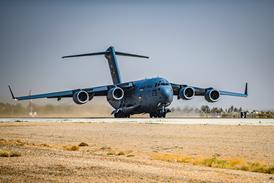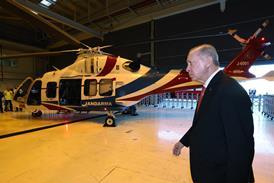Given its current fleet size of fewer than 100 Saab Gripen C/Ds assigned to four frontline squadrons and two training units, it is hard to imagine that at the height of the Cold War, Sweden had the world’s fifth-largest air force, and the ability to mobilise almost 10% of its population for military action if threatened by Moscow.
If that era had begun to feel like a long time ago, Russian President Vladimir Putin’s backing of rebels in eastern Ukraine and the increased presence of his air force’s assets over the Baltic Sea have again focused minds in Stockholm.
The potential threat that Russia could pose was brought into sharp focus in April 2013, when a Tupolev Tu-22M3 strategic bomber, escorted by four Sukhoi Su-27 interceptors, appeared to be heading directly for the Swedish capital – changing its flightpath just before entering Swedish airspace.
Speaking at the service’s forward operating base on the island of Gotland late last month, Swedish air force chief of staff Marcus Björkgren described that incident as “a game-changer”, and likened the current level of Russian activity to that seen when he was a young pilot flying quick-reaction alert sorties from the location using Saab Viggens.
“The Baltics are getting ‘hotter’, and we are moving back towards nation defence. We are looking at almost the same levels of [QRA] as in the Cold War,” he says.
Moscow’s current unpredictability is also providing a spur for Saab’s development activities, says the company’s head of aeronautics Ulf Nilsson.
“It is the Russian threat that drives us to be the best,” he says. “We have to be the best, otherwise you won’t survive. That’s really a push for us.”
The Swedish air force – which took delivery of its final Gripen C in mid-March – has accumulated around 90,000 flight hours so far with A to D-model examples.
Its current fleet amasses around 12,800 flight hours per year.
Source: Flight International























